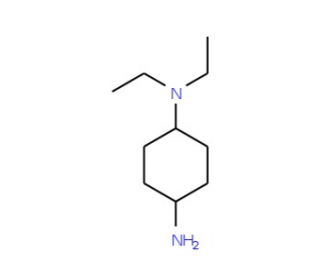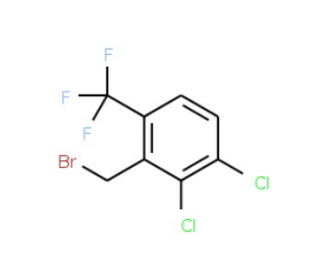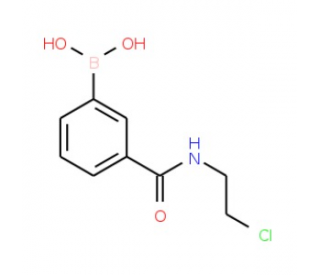详细说明
Species Reactivity
Human
Specificity
Detects human Nectin-4 in direct ELISAs and Western blots. In direct ELISAs and Western blots, does not cross-react with recombinant human Nectin‑1, -2, -3, or recombinant mouse Nectin-4.
Source
Monoclonal Mouse IgG 2B Clone # 337516
Purification
Protein A or G purified from hybridoma culture supernatant
Immunogen
Mouse myeloma cell line NS0-derived recombinant human Nectin-4
Gly27-Val351
Accession # Q96NY8Formulation
Supplied in a saline solution containing BSA and Sodium Azide.
Label
Alexa Fluor 488
Applications
Recommended
ConcentrationSample
Flow Cytometry
5 µL/10 6 cells
See below
Please Note: Optimal dilutions should be determined by each laboratory for each application. are available in the Technical Information section on our website.
Data Examples
Flow Cytometry | Detection of Nectin‑4 in MCF‑7 Human Cell Line by Flow Cytometry. MCF‑7 human breast cancer cell line was stained with Mouse Anti-Human Nectin‑4 Alexa Fluor® 488‑conjugated Monoclonal Antibody (Catalog # FAB2659G, filled histogram) or isotype control antibody (Catalog # , open histogram). View our protocol for . |
Preparation and Storage
Shipping
The product is shipped with polar packs. Upon receipt, store it immediately at the temperature recommended below.
Stability & Storage
Protect from light. Do not freeze.
12 months from date of receipt, 2 to 8 °C as supplied.
Background: Nectin-4
Nectin-4 is a type I transmembrane glycoprotein belonging to the Nectin family of Ig superfamily proteins. It is both a homophilic and heterophilic (with Nectin-1) cell adhesion molecule that is expressed in the embryo and in breast carcinoma. A soluble form of Nectin-4 is generated from the membrane protein via the action of TACE/ADAM-17. The extracellular domain of human Nectin-4 shares 90% and 92% amino acid sequence homology with the corresponding regions of mouse and rat Nectin-4, respectively.
Long Name:
Poliovirus Receptor Related 4
Entrez Gene IDs:
81607 (Human); 71740 (Mouse)
Alternate Names:
EDSS1; Ig superfamily receptor LNIR; LNIR; LNIRnectin 4; Nectin4; Nectin-4; poliovirus receptor-related 4; poliovirus receptor-related protein 4; PRR4; PRR4DKFZp686K05193; PVRL4










 粤公网安备44196802000105号
粤公网安备44196802000105号